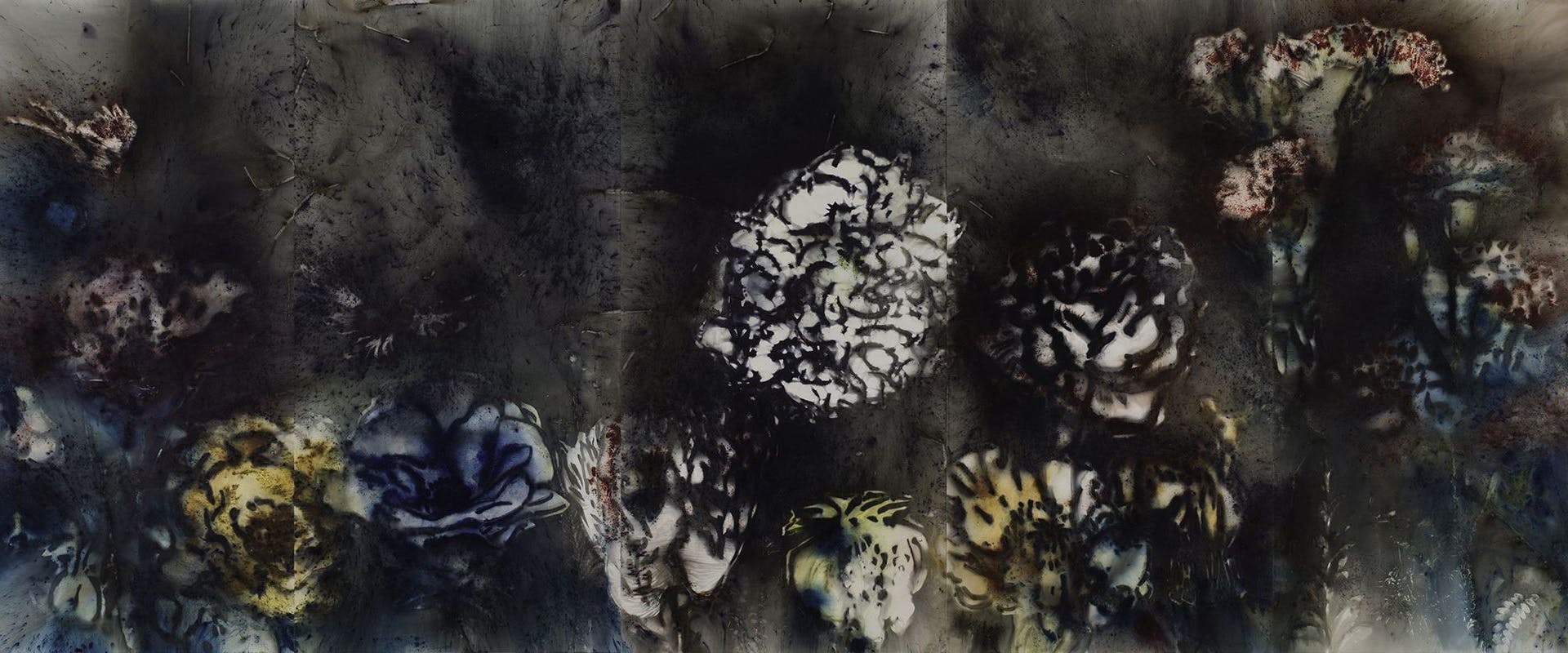“Flora Commedia”: the solo exhibition of contemporary artist Cai Guo-Qiang at the Uffizi
The Uffizi Galleries open to contemporary art in a more and more steadfast and innovative way with “Flora Commedia”, the solo exhibition of Chinese artist Cai Guo-Qiang curated by director Eike Schmidt together with Laura Donati, curator at the Department of Prints and Drawings. Hosted in the eastern rooms on the first floor, it inaugurat on the 20th of November 2018.
Born in China in 1957 and settled in Japan in 1986, Cai Guo-Qiang has been living and working in New York for 23 years. He has kept a strong relationship with his native country, translated into the philosophical conception underlying his works and the use of gunpowder and fireworks as favourite materials which have made him known worldwide. In his signature explosion events, Eastern history and culture, alongside with the recent past, interplay with several aspects of modern technology.
His most famous performance – recorded in a Netflix documentary directed by Kevin Macdonald – is “Sky Ladder”, realized off of Huiyu Island in his hometown Quanzhou, in 2015, after many years of experiments: a fire ladder which was 500 meters high and directed to the sky to connect the Earth and the Universe symbolically.
The exhibition at the Uffizi is part of a wider project started in 2017, investigating the history of Western art and boasting previous exhibits at the Pushkin Museum of Fine Arts in Moscow, the Prado Museum in Madrid and the future one at the Archaeological Museum of Naples (2019). In each museum the Chinese artist carries out a peculiar dialogue with the relative features of its collections. In Florence he focuses on the Renaissance: in preparing for the exhibition, he dedicated himself long time to studying the paintings on display at the Uffizi and Pitti Palace, the ancient floral varieties growing at the Boboli Gardens and reproduced in the “Allegory of Spring” by Botticelli and the metalpoint drawing technique largely spread in Italy from the 15th century to the first decades of the 16th century at the Department of Prints and Drawings.
All this preparation has led to the realization of almost 60 works of different sizes executed with gunpowder (in addition to a selection of sketches illustrating his creative process), mostly deriving from original techniques developed for the exhibition expressly – like the use of incense sticks to better control combustions or of water to obtain stains and streaks – and conceived by drawing inspiration from his onsite experience at the Uffizi.
